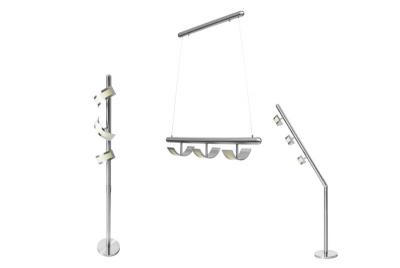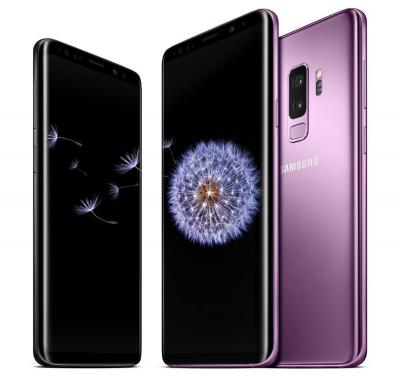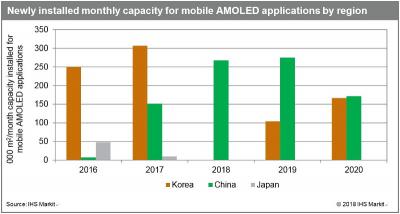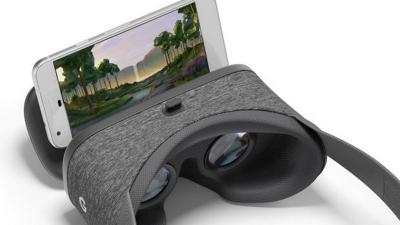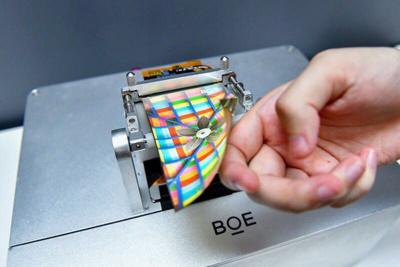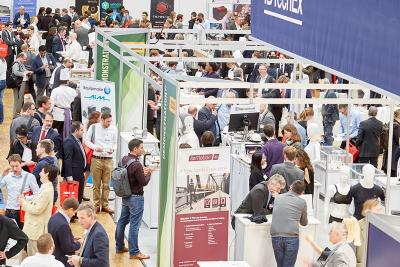AGC developed an ultra-thin flexible cover glass suitable for foldable devices
Asahi Glass developed an ultra-thin chemically strengthened 0.07 mm flexible glass that has a bending stress of over 1200 MPa - which makes it possible to use this as a cover glass for foldable devices with a curvature radius of 2.5 mm or even lower.
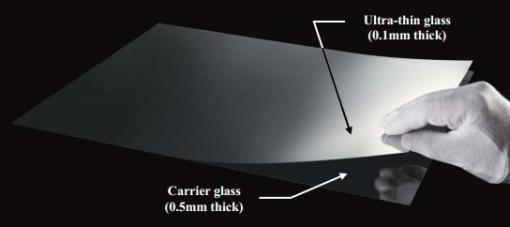
AGC 0.1 mm flexible glass (2011)
To create this glass, AGC developed a new process that achieved 80% higher impact-failure resistance compared to glass with conventional chemical strengthening. AGC will discuss this new glass at SID Displayweek 2018 in May - and will also hopefully demonstrate it.


